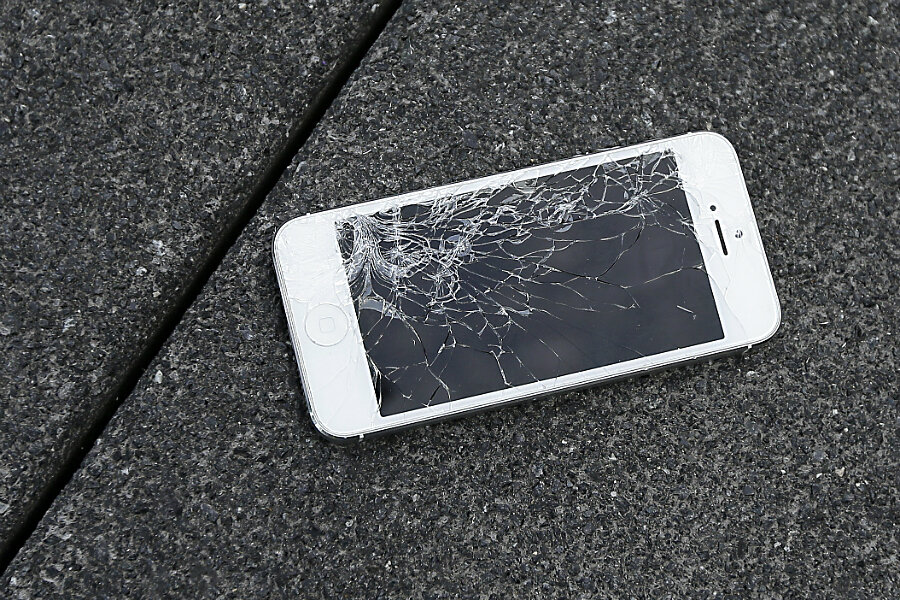Japanese scientists invent nearly unbreakable glass
Loading...
Scientists in Japan say they have found a way to create a new type of glass that’s almost as strong as steel and nearly unbreakable.
Researchers at the University of Tokyo’s Institute of Industrial Science have published findings of their experiments in the journal Nature Scientific Reports, a breakthrough that could change commercial use of glass.
Glass as we currently know it, is based on silica (silicon dioxide), the main component of sand. The innovative method that the Tokyo team has come up with uses a different process for creating safer, indestructible glass. The secret ingredient used in creating the durable glass is alumina, an oxide of aluminum. Mixed with silicon dioxide, it results in an exceptionally tough glass.
The possible applications for stronger glass are wide ranging – from break-resistant drink glasses; to shatterproof screens for devices such as smartphones, tablets, laptops, and e-readers; to stronger windows for buildings and vehicles.
The scientists explain they used a technique called aerodynamic levitation, which uses gas to push components into the air and allows the chemical elements to synthesize together.
Previously, scientists have not had success in using alumina due to the raw mixture crystalizing when it comes into contact with the container. This ground-breaking method has addressed that problem.
“To avoid the formation of any pesky crystals, the Japanese team manufactured their glass without a container. They crushed alumina and tantalum oxide powders together at high pressure, applied heat, and then they used oxygen gas to levitate their samples in air, melting them with two lasers,” chemist Carmen Drahl writes for Forbes.
The result is a transparent glass, made from 50 percent alumina that they say is as strong as steel.
According to the scientists, the new method can produce a “perfectly transparent, thin, light, optically-excellent glass." Unfortunately, it will be a while before it hits the markets.
"We will establish a way to mass-produce the new material shortly," Atsunobu Masuno, an assistant professor at the University of Tokyo, told The Asahi Shimbun. "We are looking to commercialize the technique within five years."








